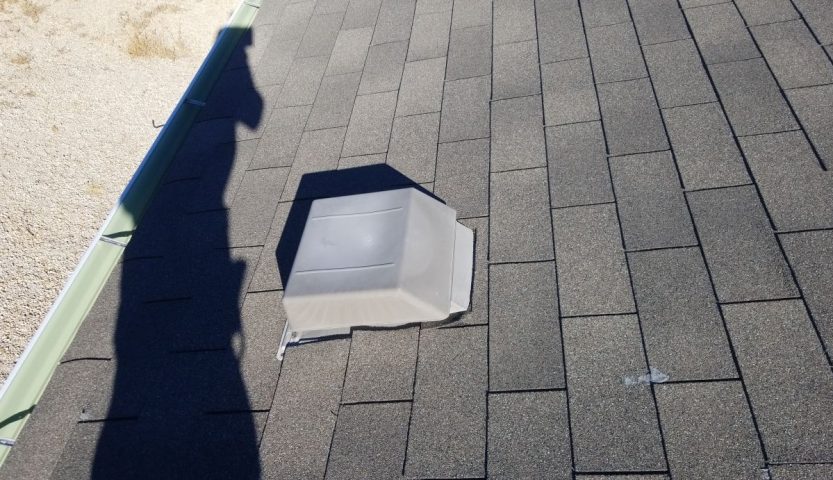As a property manager, you want to ensure the houses you manage are well-maintained from top to bottom. However, an often overlooked aspect of home maintenance is roof ventilation. Airflow through the attic allows the building to breathe. Vents protect roofs, increase energy efficiency, and circulate clean air.
How Does Ventilation in the Roof Work?
Heat and moisture get trapped in the attic and can damage roofing materials. Attic ventilation works through intake and exhaust vents that circulate air. The exhaust vents allow excess heat and moisture to escape, and the intake vents bring in cooler air from outside.
3 Important Benefits of Roof Ventilation
- Extends the Life of the Roof
The primary purpose of attic ventilation is to protect the roof. Unfortunately, hot attic air is a breeding ground for mold and mildew. Plus, expanding and contracting caused by attic temperature shifts can damage shingles over time. In fact, many shingle manufacturers will void the warranty over lack of attic ventilation.
Ventilation also protects the roof during cold weather. Warm attics cause winter snow to melt and refreeze on the top. Melted snow slides off down until it reaches the cooler eves. It refreezes and forms an ice dam that blocks the snow behind it. Pooling water damages shingles, gutters, and soffits.
- Increases Energy Efficiency
Ventilation plays a considerable role in energy efficiency, especially in the summer. A warm, moist attic makes your air conditioner work harder. However, adequate airflow keeps cooling costs down. When combined with insulation, attic ventilation creates lasting efficiency. However, when placing attic insulation, be aware not to cover the soffit vents or block the airflow.
- Reduces Spread of COVID-19
Adequate circulation improves indoor air quality by pushing contaminants out and circulating fresh air in. According to the EPA, “ensuring proper ventilation with outside air can help reduce indoor airborne contaminants, including SARS-CoV-2, the virus that causes COVID-19, and other viruses.” For example, we know that COVID-19 spreads via airborne droplets from an infected person. So, increased ventilation can be part of a protection plan along with other precautions such as masking, vaccination, and distancing. Clear the air by turning on the attic fan or running a bathroom vent.
Maintenance of Ventilation in the Roof
Various types of attic ventilation systems have different maintenance requirements. For example, passive ventilation uses natural wind and warm currents to circulate attic air. These systems have no moving parts and require very little maintenance. The main concerns are ensuring the vents are not blocked and using screens to prevent squirrels from entering. On the other hand, active ventilation uses mechanical methods such as fans to force air outside. The moving parts and motors wear down over time. An experienced roofer can thoroughly inspect the ventilation system to ensure things are in working order.
Roof Ventilation Recommendations
There are several steps property managers can take to protect their residential properties and ensure adequate roof ventilation.
1. Calculate Number of Vents
Each building needs a different amount of ventilation. A general rule is one vent per 150 square feet of attic space. However, if the house has a vapor barrier, you only need one per 300 square feet. An even amount of intake and exhaust vents are essential for balanced circulation.
2. Watch for Warning Signs
Icicles in the winter and condensation in the summer are sure signs of poor attic ventilation. Likewise, bubbling pain and curling shingles are red flags that something’s wrong overhead. Also, look for mildew or discoloration around the soffit or trim.
3. Get an Inspection
Call a roofing contractor to inspect your attic ventilation system if you notice any of these concerning signs. Identifying and fixing the problem now prevents worse damage down the line. Just Roofs and Gutters is here to help install, inspect, and maintain proper ventilation for the health and safety of your property. Call 719-374-8304.




